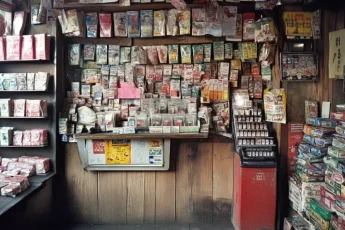Lottery tickets are produced using sophisticated printing technologies and materials to ensure security, durability, and reliability. Here’s how the process typically works:
Содержание
1. Design:
- The design of a lottery ticket includes the layout, color scheme, and branding, which are developed to make the ticket attractive and easily recognizable. It also contains important details like game rules, prize structure, and security features.
2. Security Features:
- Barcodes: Each lottery ticket has a unique barcode, which is scanned at the time of purchase and when claiming a prize. This helps prevent fraud and ensures that each ticket is tracked.
- Scratch-off coatings: For instant-win lottery tickets, a latex or similar material is applied over the numbers or symbols that need to be scratched off. This material must be durable enough to prevent tampering but easily removable by the player.
- Serial Numbers and QR Codes: These allow verification of each ticket’s authenticity and facilitate digital tracking.
3. Printing:
- High-Speed Printing Presses: Lottery tickets are printed in large quantities using specialized high-speed printing presses. The presses are equipped to handle a wide variety of paper types and to apply the scratch-off material where needed.
- Thermal or Flexographic Printing: These are common methods used for producing the layers and features of a lottery ticket. Flexographic printing is often used for the initial design, while thermal printing is employed for the barcodes and number generation.
4. Random Number Generation:
- For non-instant (draw-based) lottery tickets, the ticket numbers are generated randomly by secure computer systems. This ensures that each ticket has a unique set of numbers or game symbols, contributing to the randomness of the lottery.
5. Anti-Counterfeiting Measures:
- Lottery tickets are embedded with various anti-counterfeiting technologies, including microprinting, holographic images, and UV ink that is visible only under special light. These measures protect against fraudulent replication.
6. Distribution:
- Once printed, the tickets are distributed to licensed retailers. For instant tickets, this means shipping large batches to retailers who sell them directly to customers. For draw-based tickets, sales terminals print the tickets in real-time as customers choose their numbers or opt for a quick pick.
7. Verification and Auditing:
- During the process, tickets are verified through secure auditing methods to ensure accuracy and prevent duplication. When a ticket is sold, the information is logged to match it with the eventual lottery draw.
Overall, making lottery tickets involves a balance between mass production and stringent security to maintain trust in the lottery system while offering entertainment and a chance to win prizes.








